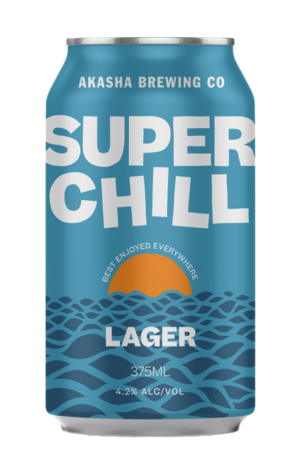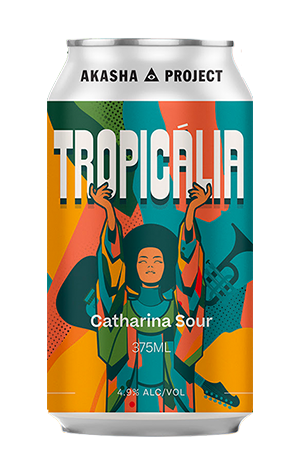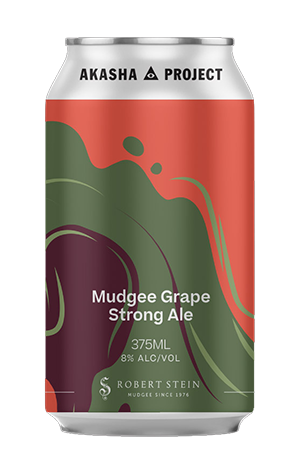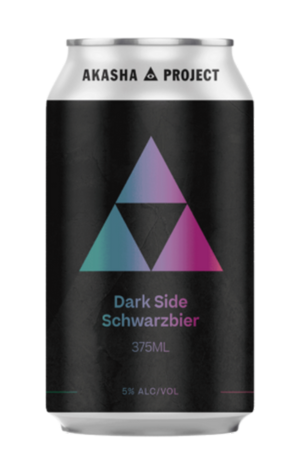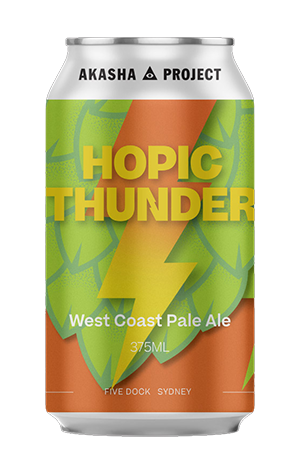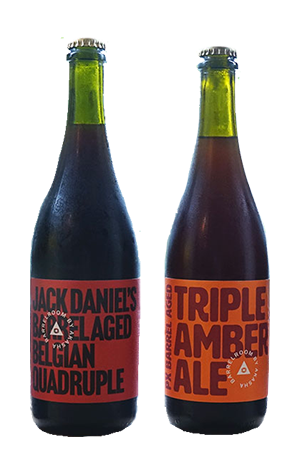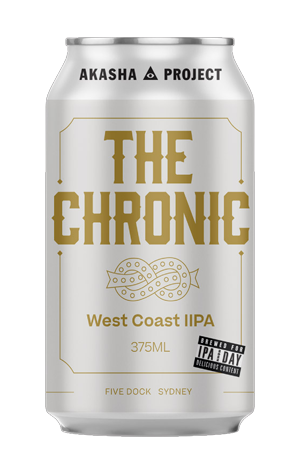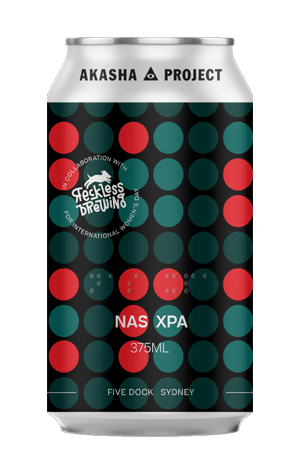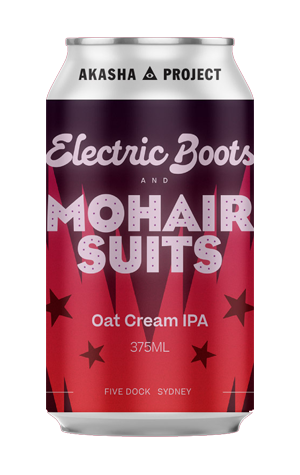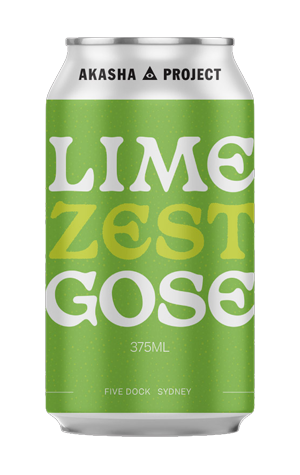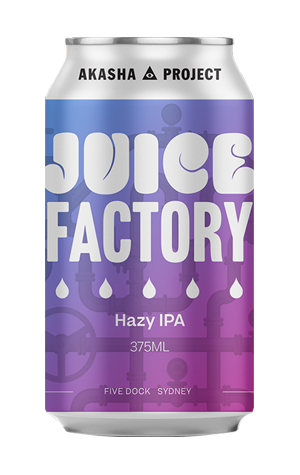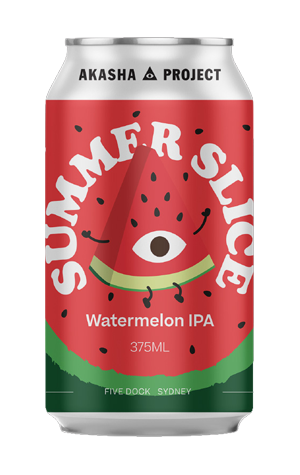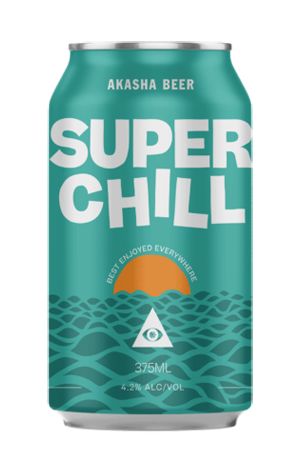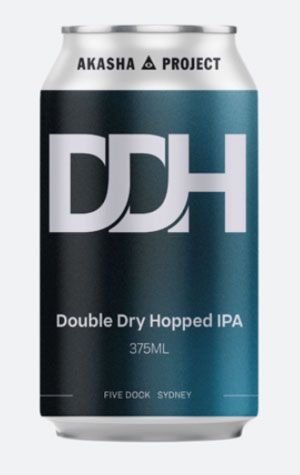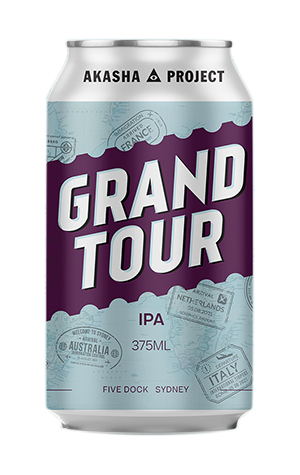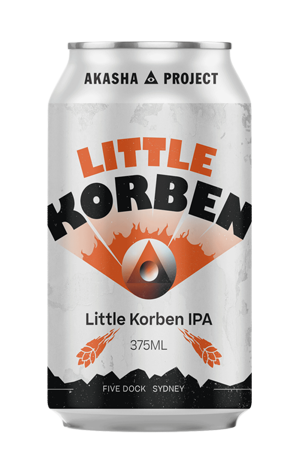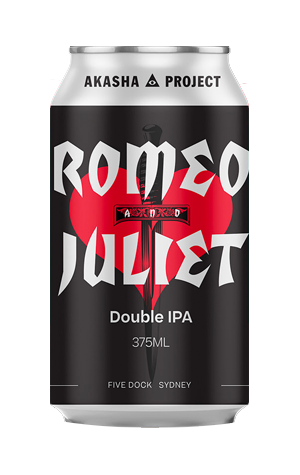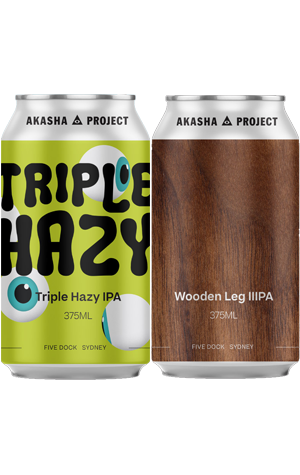Maybe it was Tool-esque name on Akasha’s newest IPA release, or maybe it was the fact I’d drunk a 9.8 percent ABV beer in about 25 minutes while cooking dinner on a Thursday night, but I found myself in somewhat of a reverie while tasting Third Eye.
Do you ever just stop and think at how maddeningly incredible it is that we have found a way to derive such a vast array of distinct flavours and aromas from what is otherwise just a dull and bitter flower? We can bung some flower pellets into hot sugar water and be blessed with a drink that you would swear has been dosed with fruit juice and tree sap. We’ve produced flowers that contain volatile compounds that mimic the ripe flesh of multiple fruits and other plants at the same bloody time! Look, shut up. Don’t tease me, it’s been a rough year, OK? It’s just very cool.
Akasha already have a very fine IIIPA in their stable, so how does Third Eye differ from their wildly popular Wooden Leg? Well for starters, Wooden Leg, like most of Akasha’s earliest special release IPAs, is firmly in the big, bitter and dank West Coast oeuvre. With Third Eye, Akasha seem to be continuing their experimentation with IPAs outside of traditionally accepted styles. Labelled a Mid-Coast IIIPA, whatever that might mean, this beer seems to be a marriage of West Coast style malt body with a New Englandish hopping regime. Does that make any sense at all? Am I talking out of my arse here?
For starters, the use of Bru-1 and Cashmere hops is a brand new direction for a brewery who seem almost permanently wedded to Mosaic. Sure, they’re all tropical fruit-focused US varieties, but Bru-1 and Cashmere lean heavily into melon and citrus territory and Third Eye delivers on that promise in spades. First impression was watermelon Chupa Chups, fresh lemon zest and a kind of Belgian candi sugar note. There’s a bit of resinous pine on the palate but the bitterness is very restrained for an Akasha triple. From that hop and bitterness profile, you’d expect a silky, oat-laden mouthfeel but the malt is clean with a mild sweetness more similar to a modern West Coast than the sometimes cloying, unattenuated sweetness of a lot of big New England style IPAs.
I may be way off the mark with my assumptions here, but the bottom line is that this is a fun mash-up of IPA styles in a big beer that remains eminently drinkable and elicited some pretentious self-reflection. What’s not to like?
Judd Owen
Published November 10, 2021 2021-11-10 00:00:00









